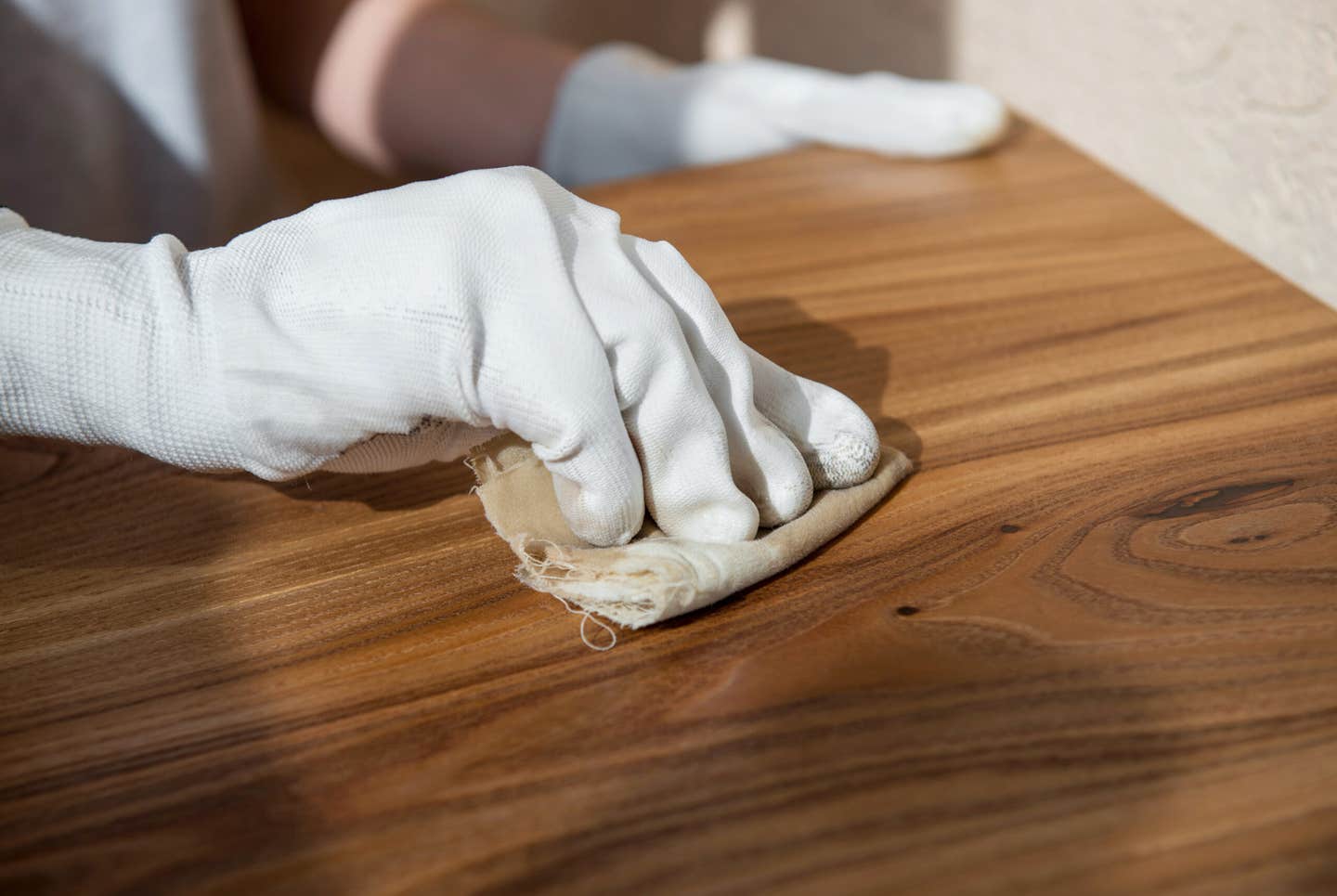Spray is only as good as your actuator
The performance of aerosols is largely based on whether your can has a clear path that is not clogged or inhibited {loadposition position10} Aerosol can spray tips, actuators or spray…
The performance of aerosols is largely based on whether your can has a clear path that is not clogged or inhibited
{loadposition position10}
Aerosol can spray tips, actuators or spray heads - whatever you want to call them - are routinely ignored and abused until they no longer work well. The user may blame the spray can, the manufacturer, the temperature or the age of the material for the problems. Those problems can range from a can that won't spray at all to one that drips or atomizes the material poorly, resulting in uneven coverage, or even squirts out the material.
In most of the aerosols used by the finisher or touch-up technician, the can contains a version of a fast-drying coating (generally one of the lacquers) that can be clear or colored (transparent or semitransparent as a toner, opaque as a background color or paint), bodied up with undissolved solids to make it build faster and sand more easily (sanding sealer), or in an amazing variety of specialty coatings.
Some will be stains or glazes and some will be solvent or solvent blends, including cleaners and finish removers.
All of these liquids require some source of energy to push the material out of the can and to atomize or break up the material into small droplets according to their intended use. A liquefied gas, such as propane, is generally used as the propellant. This propellant has a certain pressure at a given temperature and that pressure is directly proportionate to the temperature. A higher temperature raises the pressure, which means greater energy to push the material through the delivery system.
Each material in the can has a certain viscosity - or resistance to flow - at a certain temperature. This viscosity is inversely proportional to the temperature. The lower the temperature, the more the material becomes viscous and difficult to spray properly.
The designers of the product seek to find a material that will have all of the desired performance characteristics, such as hardness, toughness, color, sheen, moisture resistance, and hot-and-cold tolerance that can be sprayed effectively from an aerosol can.
Size matters
The actuator is one of those critical components and there are literally thousands of aerosol actuators and valves that have been used. When you use the aerosol can, by pushing a button or pulling a trigger you are opening a valve in the pressurized material that allows the material dispensed to exit the can. The results you're looking for influence the size of the actuator exit orifice as well as the type and configuration of both the valve and actuator. What you want as a wasp and hornet spray will be very different from what you'd like as a mosquito repellant.
For finishing or touch-up, you have a variety of choices - some readily available, some difficult to locate.
When you purchase an aerosol coating material, such as a toner or touch-up clear lacquer, it will come with a specific valve built into the can. One, called a female type valve, will have a hollow cylindrical tube called a stem molded into the actuator; this type will have a hole in the can, sealed so no material will be released if the actuator is removed.
The other type, the male valve, will have the stem in the can as part of the valve. This actuator will fit over the stem. Both of these types should be gently twisted on while inserting them to avoid damage to the actuator. They are not interchangeable.
For a given can, the manufacturer may have a variety of different actuators that can be interchanged for different uses. For instance, a touch-up technician who needs only a very light coating that exhibits very little overspray may have a special coating material, generally low in solids and build, a specific propellant mated to the coating and a specific actuator, all designed to work together to produce the very finely atomized and soft spray pattern.
On the other end of the spectrum, a high-solids material (for fast build) with a different propellant might use an actuator that has a much larger orifice, allowing the finisher to spray a much greater volume in a short time.
As long as the actuator is compatible with the valve in the can, you can use a very fine or high-volume actuator, depending upon what you want to do.
So many choices
There are also different spray patterns provided by the different actuators. Most common patterns are a fan (actually an exaggerated ellipse) or a cone shape. Differences in the volume and pressure will determine how close to hold the can to the work.
In addition to the small-diameter actuators seen on most of the aerosol cans for wood finishing and repair, there are "big button" actuators for more comfort when spraying extensively, tips that will allow a spatter or "fly speck" pattern, and even actuators with an extended spray tube containing the exit orifice to allow an extremely wide pattern to be produced without spraying the top of the can itself.
There are fan spray actuators, both large and small and of various spray pattern widths, whose exit orifice can be rotated for a pattern vertical (parallel to the can) or horizontal (perpendicular to the can.)
There are now spray can handles that clamp securely to the aerosol allowing the user to depress the actuator by pulling a trigger with two fingers, almost exactly like a spray gun, for much greater comfort and control.
Unfortunately, many aerosol product suppliers don't offer replacement actuators to adapt aerosols for different uses. But you may be able to persuade your local woodworking products or coatings supplier to obtain different actuators from the manufacturers.
Care and maintenance
The exit orifice, the hole in the actuator, is critical to proper spray operation. It must be clean and have no nicks or scratches. Finishers often attempt to clear a clogged or poorly performing actuator by picking at it with a pin or needle. This almost never works and usually worsens the performance. The best cure is to replace it with a working actuator, perhaps recycled from a spent can.
When you've finished using an aerosol can for the day, turn it upside down and depress the actuator. This blows propellant and solvent through the dip tube, valve and actuator. Then carefully wipe off any accumulated coating from the face of the actuator with your fingernail, a soft cloth or toothbrush. Never use a metal brush, steel wool or anything that can scratch the plastic.
Unless you mistreat it, the plastic actuator will outlast many cans.
Greg Williams, formerly senior touch-up and finishing instructor for Mohawk Finishing Products, is now a freelance instructor and consultant for finishing and touch-up. He can be reached at gregalwil@yahoo.com.
This article orginally appeared in the April 2010 issue.







